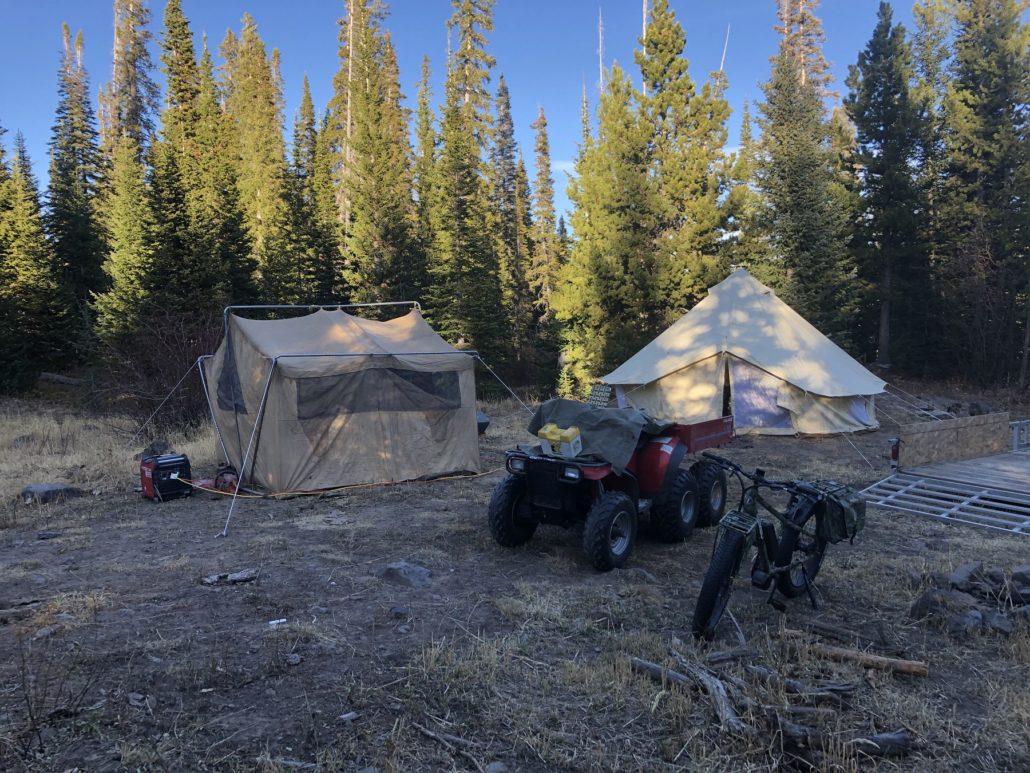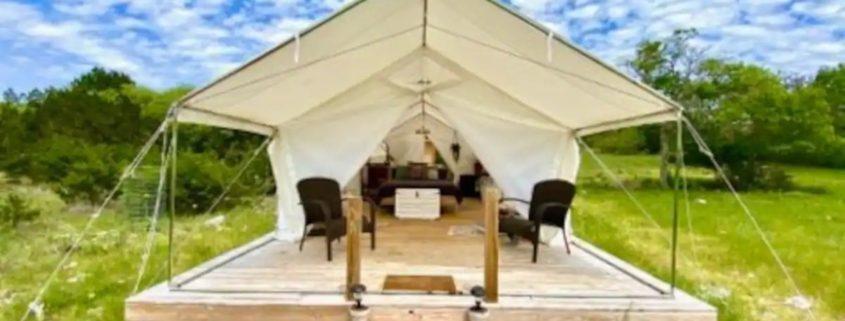Exploring the Benefits and Features of Canvas Tent Stoves
Canvas tent stoves have been used for centuries by campers and hunters who want to keep warm while enjoying the great outdoors. They have come a long way since their inception, with modern designs incorporating safety features and improved efficiency. In this article, we will explore how canvas tent stoves work and some of their advantages.
What Are Canvas Tent Stoves?
Canvas tent stoves are portable heating devices designed to be used inside tents made of canvas or other breathable materials. They are typically made of steel and come in various sizes and shapes. The stove is fueled by wood, coal, or pellets and is equipped with a chimney that allows the smoke and exhaust gasses to escape outside the tent.
If heat is your only goal, some people also consider a propane heater but this has fewer advantages so we will focus on wood stoves.
How Do Canvas Tent Stoves Work?
Canvas tent stoves work by burning wood, coal, or pellets to produce heat. The stove is placed inside the tent, and the chimney is extended outside to vent the smoke and exhaust gasses. The stove heats the air inside the tent, creating a warm and comfortable environment for campers. To have one of these fancy stoves, you’ve got to make sure that your tent comes with a stove jack installed, otherwise you’ll be doing that installation yourself.
The stove’s firebox is where the fuel is burned, and the heat is generated. The stove’s door allows campers to add more fuel as needed and to control the amount of air that enters the firebox. The chimney pipe is where the smoke and exhaust gasses escape, and it must be properly installed to ensure that these gasses are vented safely outside the tent.
Some canvas tent stoves have additional features such as dampers and air vents that allow campers to regulate the temperature and airflow. These features help to maintain a consistent temperature inside the tent and prevent overheating. Another popular feature is a water boiling attachment.
Advantages of Canvas Tent Stoves
Canvas tent stoves offer several advantages over other heating methods when camping or hiking. Some of the most significant benefits of canvas tent stoves include:
- Safe and Efficient Heating: Canvas tent stoves are designed to be used safely inside tents, providing an efficient heating source that can keep campers warm in even the coldest conditions.
- Portable: Canvas tent stoves are lightweight and portable, making them easy to transport and set up at campgrounds or other outdoor locations. Of course, these are still heavy since they are made of steel but you don’t have to worry about a brick hearth either, so they are too heavy to be hiking with but perfect if you’ve got a truck to help transport it.
- Cost-Effective: Canvas tent stoves use wood, coal, or pellets as fuel, which is often cheaper than other heating methods such as propane or electric heaters.
- Environmentally Friendly: Burning wood or pellets produces carbon dioxide, but it is considered a renewable resource. As long as trees are replanted to replace those that are harvested, using wood as a fuel source is considered environmentally friendly.
- Cooking: Most wood stoves for canvas tents have a flat surface to make cooking food easy. It’s nice bringing this little bit of kitchen home into the woods with you.

FAQs about Canvas Tent Stoves
Q: Are canvas tent stoves safe to use inside tents?
A: Yes, canvas tent stoves are safe to use inside tents as long as they are installed properly and the chimney pipe is vented outside the tent. If you are using a floor, you’ll probably want to use a floor mat. And if your canvas hasn’t been treated for fire, a heat shielf is recommended for the walls.
Q: What type of fuel do canvas tent stoves use?
A: Canvas tent stoves can use wood, coal, or pellets as fuel. If all you care about it is heat, then propone heaters are another good option.
Q: Can canvas tent stoves be used in all weather conditions?
A: Yes, canvas tent stoves can be used in all weather conditions as long as they are installed properly and the chimney pipe is vented outside the tent.
Q: How do I install a canvas tent stove?
A: Installing a canvas tent stove involves setting up the stove inside the tent, extending the chimney pipe outside the tent, and securing it in place. Not too bad! Again, you must either have a tent with a stove jack or buy and install the stove jack yourself.




